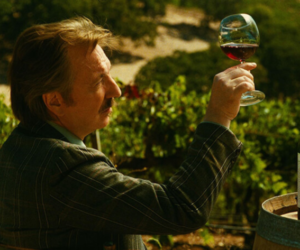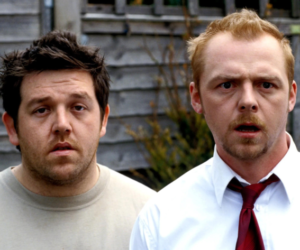The stoner genre in cinema holds a unique place in film history, capturing the highs and lows of cannabis culture through a blend of humor, satire, and sometimes poignant storytelling. This genre has not only entertained audiences but has also impacted societal perspectives on marijuana, reflecting and sometimes influencing changes in cannabis legislation and culture.
The Origins of Stoner Cinema
Cannabis first appeared in films during a time when it was portrayed negatively, often linked to moral decay and criminal behavior in propaganda films like “Reefer Madness” (1936). However, by the 1970s, the narrative shifted dramatically with the emergence of stoner comedies that embraced the recreational use of marijuana. Films such as “Cheech and Chong’s Up in Smoke” (1978) pioneered this transition, portraying cannabis use in a humorous, albeit exaggerated, light.
Defining Stoner Moments
What exactly makes a scene in stoner cinema iconic? Typically, it involves memorable, humorous exchanges that revolve around cannabis consumption, often serving as a critical turning point for character development or plot progression. These moments often highlight the camaraderie and communal spirit that can come with cannabis culture, showcasing characters in a relaxed, unguarded state.
From the hazy recollections of “Dazed and Confused” to the bizarre adventures in “The Big Lebowski” and the outrageous antics of “Pineapple Express,” stoner films have provided some of the most unforgettable scenes in cinema. For instance, “The Big Lebowski” features the laid-back protagonist, The Dude, whose stoner lifestyle propels the film’s plot forward unexpectedly and humorously. These films entertain and capture the essence of an era and a subculture.
The Evolution of the Genre
Stoner cinema has evolved from its underground roots to achieve mainstream success, reflecting broader cultural acceptance of marijuana. The genre has grown to include a blend of comedy, drama, and action – again “Pineapple Express” serves as a great example, combining stoner humor with high-octane sequences. This evolution mirrors changing societal attitudes towards marijuana, moving from taboo and illicit to an increasingly accepted and normalized component of popular culture.
Stoner Cinema by the Numbers
“Pineapple Express” grossed over $100 million worldwide, underscoring the genre’s significant appeal and profitability. The frequency of film releases featuring cannabis has increased over the years, illustrating both artistic interest and audience demand. This uptick is seen in pure numbers and in various films that incorporate cannabis-related content, catering to diverse audiences with different tastes and cultural backgrounds.
The Future of Stoner Moments in Cinema
As legalization spreads and legal forms of THC become more commonplace the portrayal of cannabis in cinema is likely to become more normalized, focusing less on the novelty of marijuana use and more on its integration into everyday life. This could lead to more nuanced representations of cannabis users and their experiences, moving beyond the stereotype of the lazy, perpetually high stoner to portray more complex and relatable characters.
Conclusion
Stoner moments in cinema offer more than just comic relief; they provide a lens through which we can view changing societal norms and the evolving legal landscape around cannabis. As this genre continues to develop, its influence on popular culture and its role in normalizing cannabis will likely be significant, securing its place not just in film history but also in societal acceptance of marijuana.
This reflection on iconic stoner moments in cinema history invites us to consider the past and present of this genre and its potential future as both an entertainment form and a cultural commentator. As we progress, the stoner genre promises to remain a vibrant part of cinema, adapting to and reflecting the times with each new film release.
















